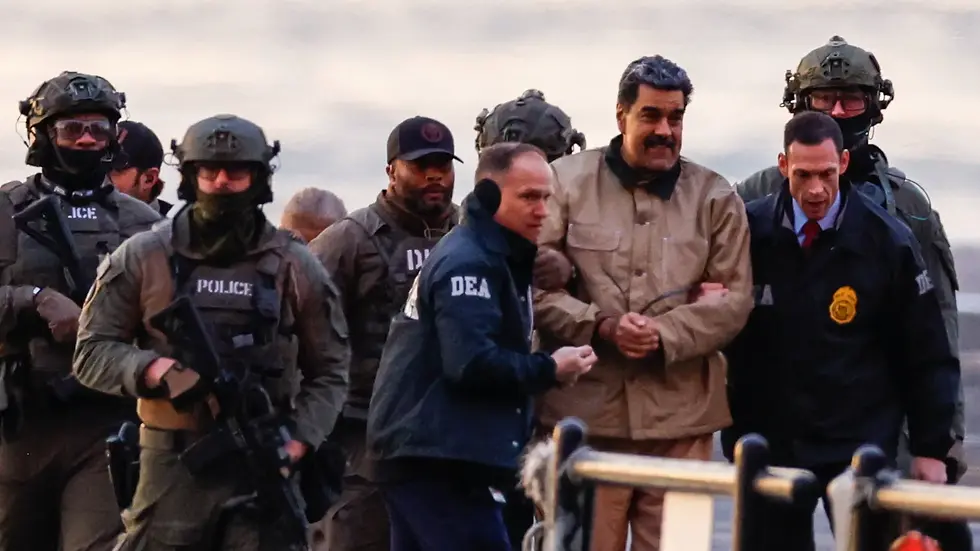Nonviolent De-escalation Techniques for Mental Health Emergencies
- mcoswalt
- Nov 6, 2020
- 3 min read
Updated: Jan 27, 2021
—
Two Philadelphia police officers shot Walter Wallace Jr., a Black man, on October 26th. Wallace was medicated for mental health issues, and his mother was nearby, trying to get the police to leave him alone. A video of the encounter shows Mr. Wallace holding a knife and walking towards the officers. As noted by Mr. Wallace’s father, the police did not attempt de-escalation or even use a nonlethal taser. Instead, they shot him perhaps a dozen times.
Police brutality and the mistreatment of the mentally ill are inseparable issues. During a mental health emergency, many people’s first response is to call 911. Who responds to 911 calls? Police. Police are trained to view any non-police as an immediate threat. From their perspective, mentally ill persons are live bombs. The first instinct a cop has is to pull the trigger.
Police simply do not have the training to handle these situations. In Minneapolis, where George Floyd was killed, cops only train for sixteen weeks before being given a weapon and being sent out onto the street. There are no national standards, and training times can range from 10 to 36 weeks.
Social workers are some of the people most equipped to handle mental health emergencies. In contrast to police, a social worker must have at least a bachelor’s degree in social work to qualify for an entry-level position. To be a clinical social worker, you typically also need a master’s degree and at least two years of experience as a social worker.
A commonly cited reason for police violence is that the officers were in fear of their lives. This is an understandable fear. However, emergency room doctors and nurses experience some of the highest rates of workplace violence, and they rarely intentionally kill patients. Alongside their years of medical or nursing school, healthcare workers undergo de-escalation training, to help them understand how to calm down and work with distressed patients.
All humans have a natural fight or flight response. With the utter lack of training many police experience, it is really only natural that when they see a threat they go with their gut. We need to realign what exactly that gut instinct tells them to do. We must prioritize the safety of all, even or especially when we perceive violence. Nonviolent de-escalation techniques are not new or unused. They’re simply not used by police.
So, how does de-escalation and crisis management work? How do ER staff members defuse these situations? There’s a process. First, communication. It’s simple, but imagine the perspective of a person in a mental health crisis. How much more would it distress you to be yelled at by a man with a gun than to have someone in uniform calmly ask what kind of issue you’re facing?
When communication is unsuccessful, physical restraints may be employed. This doesn’t just mean to hold the person down in any way. Agitated people often struggle to breathe, and successful crisis management techniques are aware of this. There is specificity to safe positioning. People should not be placed on their chests, as this restricts their breathing. We saw this in the murder of George Floyd, in which an unsafe and inhumane hold was used on him, resulting in his death after almost 10 agonizing minutes of asphyxiation.
Finally, if these do not work to resolve the situation, ER workers will use sedative medications on the patient. Police may not have sedatives on hand, but they certainly have tasers and pepper spray. This is something we’ve seen in countless social media videos and news stories, as they’ve unleashed these (generally nonlethal) weapons on protestors. But, somehow, it never seems to be their instinct to use these methods on “dangerous” Black men.
By failing to properly train our police, we are failing to protect our communities. Crisis management is a skill we can all stand to learn, so that, when faced with emergencies, whether those related to mental health or others, we can address them in a safe, humane manner, with respect and dignity for all persons involved.



Comments